Astronomers Capture First Image Of A Black Hole!
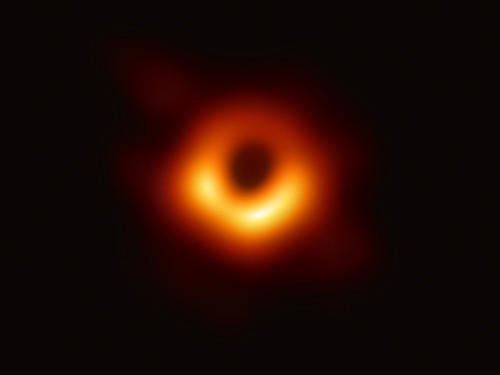
Astronomers Capture First Image of a Black Hole!
Scientists have obtained the first image of a black hole, using Event Horizon Telescope observations of the center of the galaxy M87. The image shows a bright ring formed as light bends in the intense gravity around a black hole that is 6.5 billion times more massive than the Sun. This long-sought image provides the strongest evidence to date for the existence of supermassive black holes and opens a new window onto the study of black holes, their event horizons, and gravity. Credit: Event Horizon Telescope Collaboration (read more).
More Posts from Monstrous-mind and Others
🌌🏞️🏔️🍂🍁


mikkolagerstedt
🍁🍂🎃

Water, Water Everywhere; We Track Drops to Drink!
When we think about what makes a planet habitable, we’re often talking about water. With abundant water in liquid, gas (vapor) and solid (ice) form, Earth is a highly unusual planet. Almost 70% of our home planet’s surface is covered in water!

But about 97% of Earth’s water is salty – only a tiny amount is freshwater: the stuff humans, pets and plants need to survive.
Water on our planet is constantly moving, and not just geographically. Water shifts phases from ice to water to vapor and back, moving through the planet’s soils and skies as it goes.
That’s where our satellites come in.

Look at the Midwestern U.S. this spring, for example. Torrential rain oversaturated the soil and overflowed rivers, which caused severe flooding, seen by Landsat.

Our satellites also tracked a years-long drought in California. Between 2013 and 2014, much of the state turned brown, without visible green.

It’s not just rain. Where and when snow falls – and melts – is changing, too. The snow that falls and accumulates on the ground is called snowpack, which eventually melts and feeds rivers used for drinking water and crop irrigation. When the snow doesn’t fall, or melts too early, communities go without water and crops don’t get watered at the right time.

Even when water is available, it can become contaminated by blooms of phytoplankton, like cyanobacteria . Also known as blue-green algae, these organisms can make humans sick if they drink the water. Satellites can help track algae from space, looking for the brightly colored blooms against blue water.


Zooming even farther back, Earth’s blue water is visible from thousands of miles away. The water around us makes our planet habitable and makes our planet shine blue among the darkness of space.

Knowing where the water is, and where it’s going, helps people make better decisions about how to manage it. Earth’s climate is changing rapidly, and freshwater is moving as a result. Some places are getting drier and some are getting much, much wetter. By predicting droughts and floods and tracking blooms of algae, our view of freshwater around the globe helps people manage their water.
Make sure to follow us on Tumblr for your regular dose of space: http://nasa.tumblr.com.
🍂🍁🎃☠️

Autumn Garden by Boris Groh
🍁🍂🎃🍂🍁

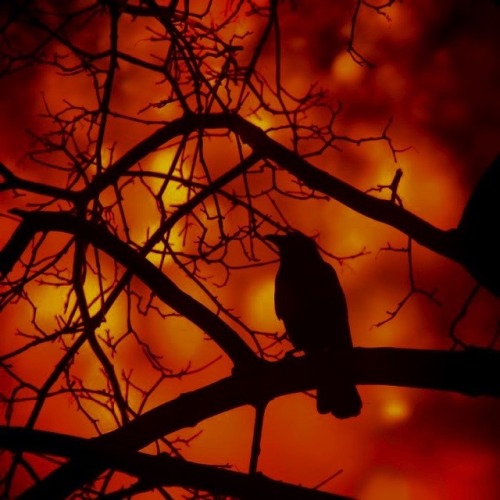



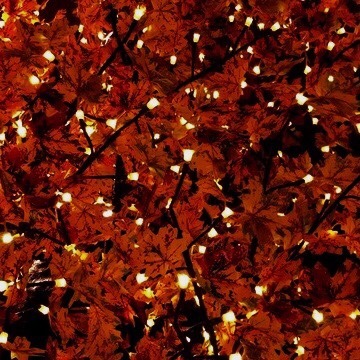



Halloween 🎃


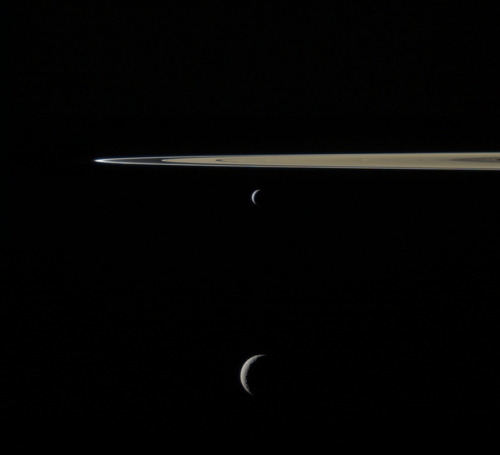
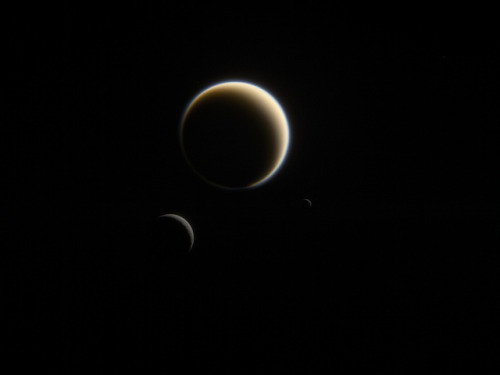
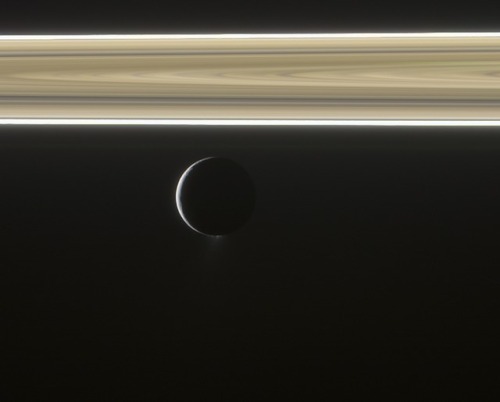
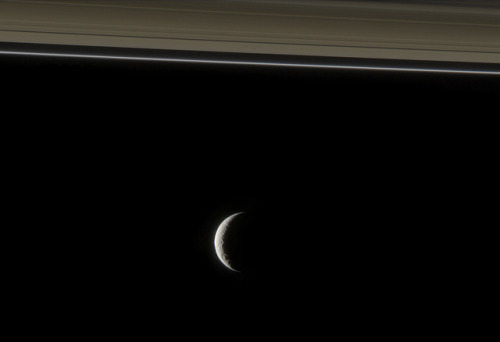
Saturn Rings and Moons: From left, the moons are Janus, Pandora, Enceladus, Mimas and Rhea. Following the images below, Enceladus and Tethys, Titan, Rhea and Mimas. Enceladus and Tethys.
by Gordan Ugarkovic

Siesta (by big andrei)
What could ginger be thinking about?


Autumn Path by AnthonyPresley
-
 annita89r4ten3h liked this · 6 months ago
annita89r4ten3h liked this · 6 months ago -
 science-is-better liked this · 1 year ago
science-is-better liked this · 1 year ago -
 chillgorl liked this · 2 years ago
chillgorl liked this · 2 years ago -
 shin-the-reblob reblogged this · 2 years ago
shin-the-reblob reblogged this · 2 years ago -
 alux-ulkan liked this · 3 years ago
alux-ulkan liked this · 3 years ago -
 shysbonesnstuff liked this · 3 years ago
shysbonesnstuff liked this · 3 years ago -
 sparkyairstuff liked this · 3 years ago
sparkyairstuff liked this · 3 years ago -
 microplastick liked this · 3 years ago
microplastick liked this · 3 years ago -
 mascara-massacres liked this · 3 years ago
mascara-massacres liked this · 3 years ago -
 strangers-scattering liked this · 3 years ago
strangers-scattering liked this · 3 years ago -
 oliveoilgirl liked this · 3 years ago
oliveoilgirl liked this · 3 years ago -
 themorningstar17 liked this · 3 years ago
themorningstar17 liked this · 3 years ago -
 john-erby liked this · 3 years ago
john-erby liked this · 3 years ago -
 antathjn liked this · 4 years ago
antathjn liked this · 4 years ago -
 468h4c liked this · 4 years ago
468h4c liked this · 4 years ago -
 euphoria696 reblogged this · 4 years ago
euphoria696 reblogged this · 4 years ago -
 diamondaqua liked this · 4 years ago
diamondaqua liked this · 4 years ago -
 davidmorrowartimages liked this · 4 years ago
davidmorrowartimages liked this · 4 years ago -
 bobo-the-part-time-clown liked this · 4 years ago
bobo-the-part-time-clown liked this · 4 years ago -
 ayyoade reblogged this · 4 years ago
ayyoade reblogged this · 4 years ago
My ambition is handicapped by laziness. -C. Bukowski Me gustan las personas desesperadas con mentes rotas y destinos rotos. Están llenos de sorpresas y explosiones. -C. Bukowski. I love cats. Born in the early 80's, raised in the 90's. I like Nature, Autumn, books, landscapes, cold days, cloudy Windy days, space, Science, Paleontology, Biology, Astronomy, History, Social Sciences, Drawing, spending the night watching at the stars, Rick & Morty. I'm a lazy ass.
222 posts